Oct 1, 1981-1982
Syria
Druze Resistance
Share
ACTIVISTS/ACT.GROUPS/DESCRIPTION OF THE GROUP
Druze Village Leaders
TARGET
Israeli Occupation of Golan
WIDELY HELD BELIEF
People have the right to self-identify with their national identity.
CASE NARRATIVE
Issue and Opponent: The Israeli occupation and annexation of the Syrian Golan Heights were at the heart of the Druze Resistance movement in 1981 and 1982. The Druze are an Arab ethnic and religious community primarily residing in Syria, Lebanon, Israel, and Jordan. The Druze faith combines a foundation of Shia Islam with elements of Christianity, Hinduism, and Hellenism. During and after the 1967 Arab-Israeli War, most of the 110,000 Syrians living in the Golan Heights fled. Approximately 13,000 Syrian Druze remained in the Golan Heights. Israel carried out a military occupation of the Golan from the end of the war in 1967 until 1979, when the Israeli government began a de facto annexation of the territory. Israel offered the Druze living in the Golan Israeli citizenship and identity cards, tacitly asserting sovereign control over the land. The vast majority of Druze in the Golan refused Israeli citizenship, as they believed the occupied land was rightfully Syrian territory. Any Druze who accepted Israeli citizenship faced ostracization and social punishments, such as being shunned by friends and being forbidden from attending Druze weddings and funerals. When subtle efforts to formally incorporate the Golan and the Druze into Israel were unsuccessful, the government took more direct action. In October 1981, the Israeli parliament announced its formal annexation of the Golan Heights. The government denied a Druze petition asking for the right to refuse Israeli citizenship. By denying the Druze the right to self-identify as Syrians living on occupied land, the Israeli government provoked outrage that turned into the Druze Resistance movement.
Dilemma Action: After their petition to refuse Israeli citizenship was denied in the Fall of 1981, the Druze turned to nonviolent civil disobedience tactics to resist Israeli annexation of the Golan. Many Druze farmers who grew fruit and olives went on strike, wreaking havoc on Israeli industry that relied on their products. The Israel Defense Forces (IDF) arrived in the Golan and attempted to quell resistance by isolating the individual Druze villages from each other and preventing them from reaching food and other supplies. The IDF was no match for the numbers and will of the Druze, who would walk to neighboring villages when food supplies ran low. Druze youth and elderly alike also frequently violated Israeli curfew and were arrested for harvesting their crops. When one group of villagers was arrested during the harvest, another group soon stepped in to take their places. When a crowd of Druze demonstrators gathered in a town square to protest, Israeli soldiers in a helicopter overhead refused orders from an officer to fire on the protestors. By striking, breaking curfew to harvest crops, and including young and old alike in their demonstrations, the Druze Resistance forced the IDF to choose between allowing flagrant violations of Israeli rules to continue or overreacting against Druze noncompliance.
Outcomes: Throughout the Druze Resistance, negotiations continued between Druze village leaders and the Israeli government. Although the Druze’s nonviolent resistance tactics communicated their disregard for Israeli authority, the Druze cause to refuse Israeli citizenship was ultimately unsuccessful. On April 1, 1982, 15,000 IDF troops arrived in the Golan. In a siege on Druze villages, the IDF went house-to-house to confiscate Syrian citizenship paperwork and give Druze families their Israeli citizenship paperwork and ID cards. The issue reached a tenuous resolution in July 1982, with the understanding that the Druze could maintain their civil rights, rights to land and water, and an exemption from Israeli army service if the Druze civil resistance efforts came to an end and they accepted Israeli citizenship. However, the Druze continued to reject their Israeli citizenship, and Israel failed to uphold the civil, land, and water rights of the Golanis as promised. This case of resistance is part of a larger campaign against Israeli forces occupying and annexing territories in the Middle East.
PRIMARY STRUGGLE/GOAL
NONVIOLENT TACTICS USED
DA TACTICS USED
Civil disobedience of “illegitimate” laws
General strike
Reverse strike
CASE NARRATIVE WRITER
SUCCESS METRICS
9 / 12
(EREP) Dilemma action got replicated by other movements
(MC) Media Coverage
(MSYMP) Media coverage was sympathetic to the activists
(OR) Opponent response
(PS) Dilemma action built sympathy with the public
(PUN) Punishment favored the activists
(REFR) Dilemma action reframed the narrative of the opponent
(RF) Dilemma action reduced fear and/or apathy among the activists
(SA) Dilemma action appealed to a broad segment of the public
PART OF A LARGER CAMPAIGN
3 / 3
Activist group continued working together after the action
Encouraged more participants to join the movement
Internally replicated by the same movement
RESOURCES
Project documentation
Dilemma Actions Coding Guidebook
Case study documentation
Dilemma_Actions_Analysis_Dataset
SOURCES
Kastrinou, Maria A. & Fakher El-Deen, Salman & Emery, Steven B. 2020. “The stateless (ad)vantage? Resistance, land and rootedness in the Israeli-occupied Syrian Golan Heights,” Taylor & Francis Online, April 8. Retrieved July 20, 2023. (https://www.tandfonline.com/doi/abs/10.1080/21622671.2020.1743203).
Kennedy, Scott R. 2021. “The Druze of the Golan: A Case of Non-Violent Resistance,” Journal of Palestine Studies. February 3. Retrieved July 20, 2023. (https://www.tandfonline.com/doi/abs/10.2307/2536896).
Schlotterbeck, Markus. 2009. “Golan Druze resistance to Israeli forced citizenship, 1981-1982,” Global Nonviolent Action Database. Retrieved July 20, 2023.
Kastrinou, Maria A. & Fakher El-Deen, Salman & Emery, Steven B. 2018. “Stateless but Rooted: Resistance, land and landscape in the Occupied Syrian Golan Heights,” Emancipatory Rural Politics Initiative, March 17. Retrieved July 20, 2023. (https://www.tni.org/files/article-downloads/erpi_cp_71_kastrinou_et_al.pdf).
Related cases
Jan 1, 1600-1600
United States of America
Tribal Iroquois women decided on a Lysistratic non-action (boycotting sex and childbearing) to stop unregulated warfare and to gain more decision-making powers related...
/
Apr 1, 2005-2005
Ecuador
In Ecuador, President Gutierrez’s government was full of corruption. Protesters from various activists targeted President Gutierrez to end his corruption. In 2004, the...
/
May 13, 1972-1972
Madagascar
Madagascar was only freed from French rule 12 years before this action. The president, Philibert Tsiranana, was put into power by the Senate, where his pro-French part...
/
Subscribe to our newsletters to get full access to all materials on our website.

